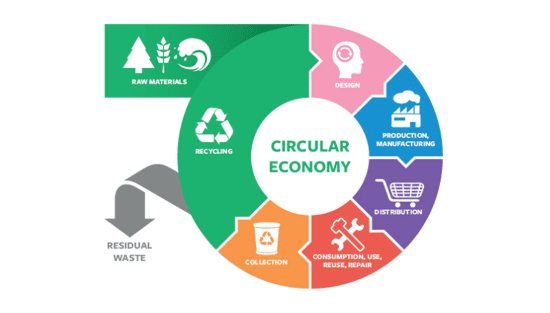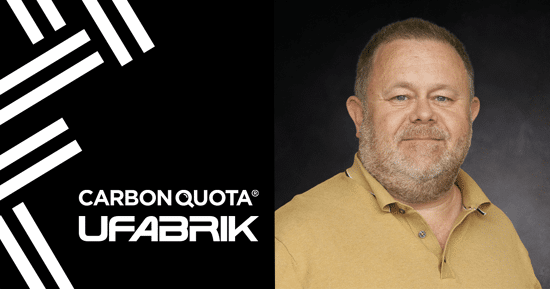Sustainability and keeping the faith

Laurel Brunner discusses how the printing industry has drastically reduced its environmental impact through technological advances, despite lingering perceptions of paper waste. While consumer habits pose a challenge, the industry continues to pursue greener practices.
Printing is often demonised for taking a heavy toll on the environment, but strictly speaking this is unfair. The misconception is based on perceptions of paper waste, all those images of discarded newspapers floating down city streets. The waste problem is indeed real, but it is incorrect to accuse the printing industry of wilfully trashing the environment. Incorrect and uninformed.
In order to survive, printers have had to cut costs and invest in process efficiency. They have had to automate and develop online services that make it easier to engage with customers and avoid errors that result in remakes and waste. Attention to getting the printing industry’s carbon footprint down may have lessened in terms of hype of late, but that doesn’t mean that nothing is happening to improve it.
The drive towards greater efficiency began over forty years ago when the industry shifted from hot metal typesetting to imaging printing plates using digital output data. It took a while before the film stage was replaced with direct to printing plate imaging, but in each phase of this evolution print media production processes got more efficient. There was a reduction in the consumables required to create plates and the energy needed to support complex stages. There were plenty of casualties during this evolution, not least the traditional typesetting and colour separation professions. The very high costs associated with both fell rapidly and in the mideighties the desktop publishing revolution brought typesetting and eventually colour management to everyone. In the nineties the invention of the digital press which images data direct to the substrate, removed the need for printing plates completely. With a digital press another source of waste and production emissions was gone.
The devastating effect of all this on the old guard was far outweighed by the benefits for print users. Demystified print production was cheaper, less wasteful and with a reduced environmental impact. The process of improvement continues as new applications for print keep emerging and printing companies strive for ever more efficient production models, for instance using process free plates. But consumer awareness of the need to recycle is not as universally high as it should be and waste minimisation is often not part of the thinking. Excess packaging is too readily accepted in the interests of convenience. And let’s face it very few consumers are willing to compromise their habits or convenience for the sake of reduced environmental impact. The printing industry is doing much to manage and improve its sustainability, not least because it is willing to embrace new environmentally friendly production models. Changing consumer habits is another story.
Credit: Photo by Aaron Burden on Unsplash
Recent news

Kodak's 2024 Sustainability Report: A Commitment to a Greener Future
Kodak's 2024 Sustainability Report, "One World, One Kodak," demonstrates a strong commitment to environmental and social responsibility. The report highlights impressive reductions in greenhouse gas emissions (56%) and water withdrawal (31%) and aims for zero waste by 2025. Notably, Kodak is pioneering double materiality assessment in the printing industry, aligning sustainability with financial reporting, and showcasing its products' environmental benefits.

How can printers lower costs on energy usage?
Clare Taylor outlines simple steps for businesses to achieve energy sustainability, focusing on cost savings and staff comfort. It emphasises starting with measuring energy consumption to identify key areas for improvement. Subsequent steps involve managing energy use through behavioral changes and low-cost interventions, like optimizing cooling settings and ensuring equipment is switched off when not needed.

The European Union's circular economy plan
Printing companies must understand the EU's Circular Economy Action Plan (CEAP), part of the European Green Deal. These initiatives drive sustainability, impacting businesses globally, even if not EU-based, through customer requirements. Printers need to be aware of reporting and sustainability expectations to manage risks and retain clients.

A revised look at sustainability in wide format print
Sustainability is crucial for wide-format print, moving beyond marketing to an imperative driven by brands and regulations. Common "eco" claims often mask complexities; true sustainability demands carbon reduction as a core principle. Life Cycle Assessment (LCA) offers data-driven insights for genuine environmental improvement, as demonstrated by UFABRIK's transparent approach.